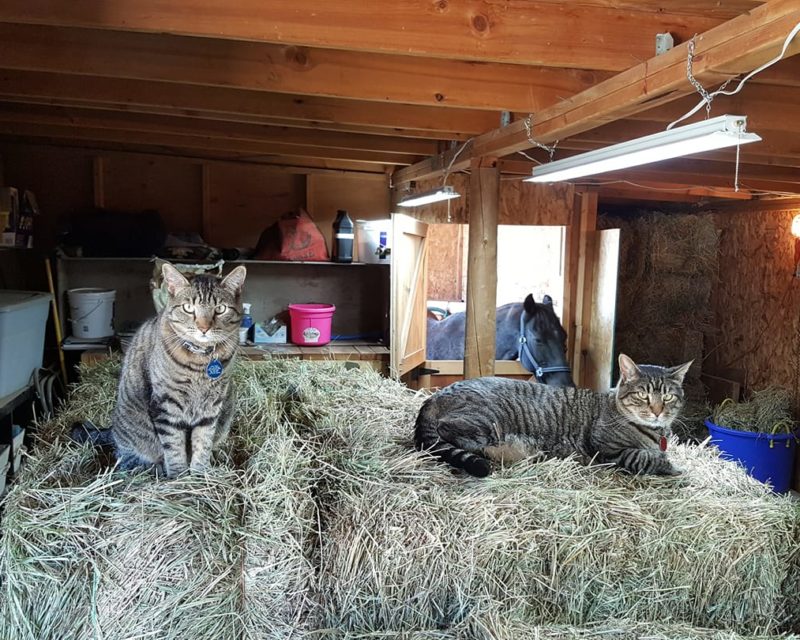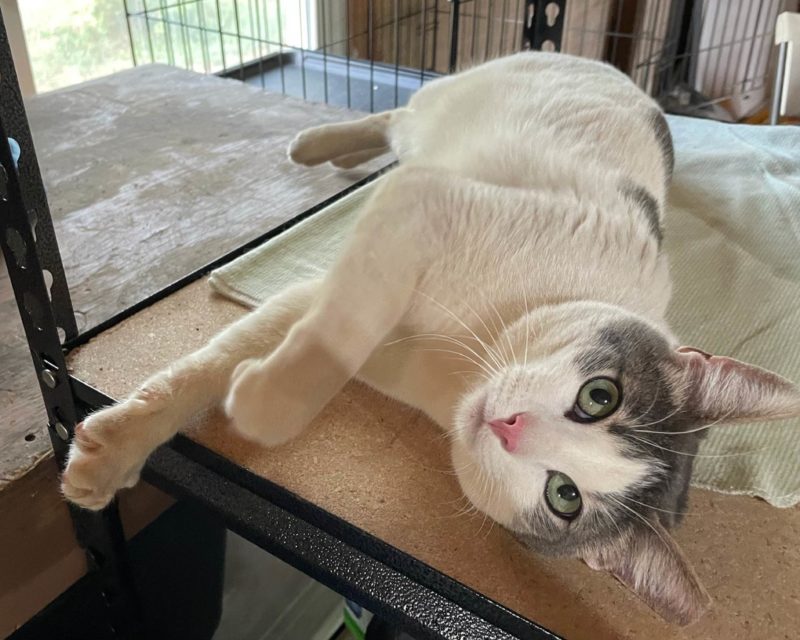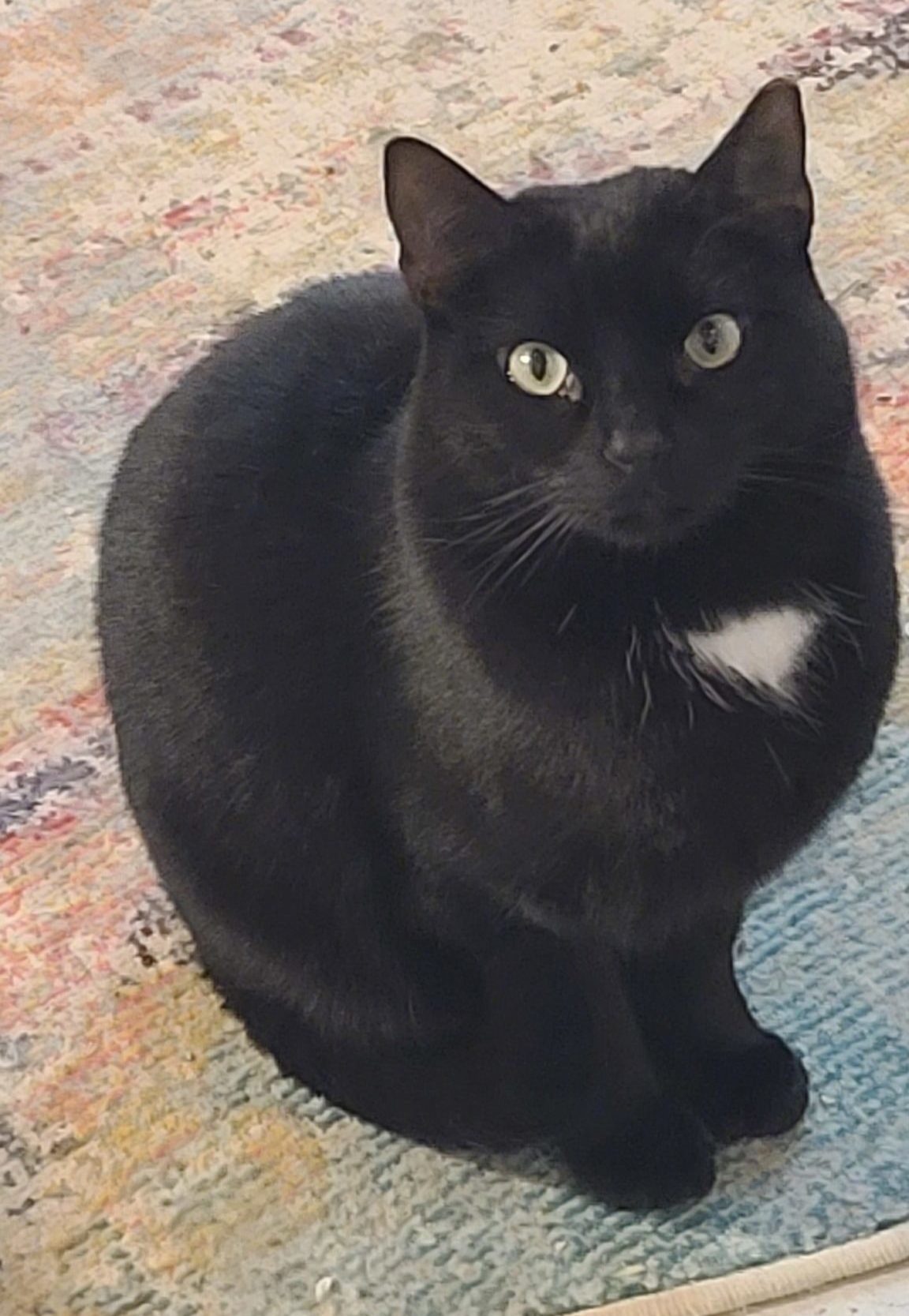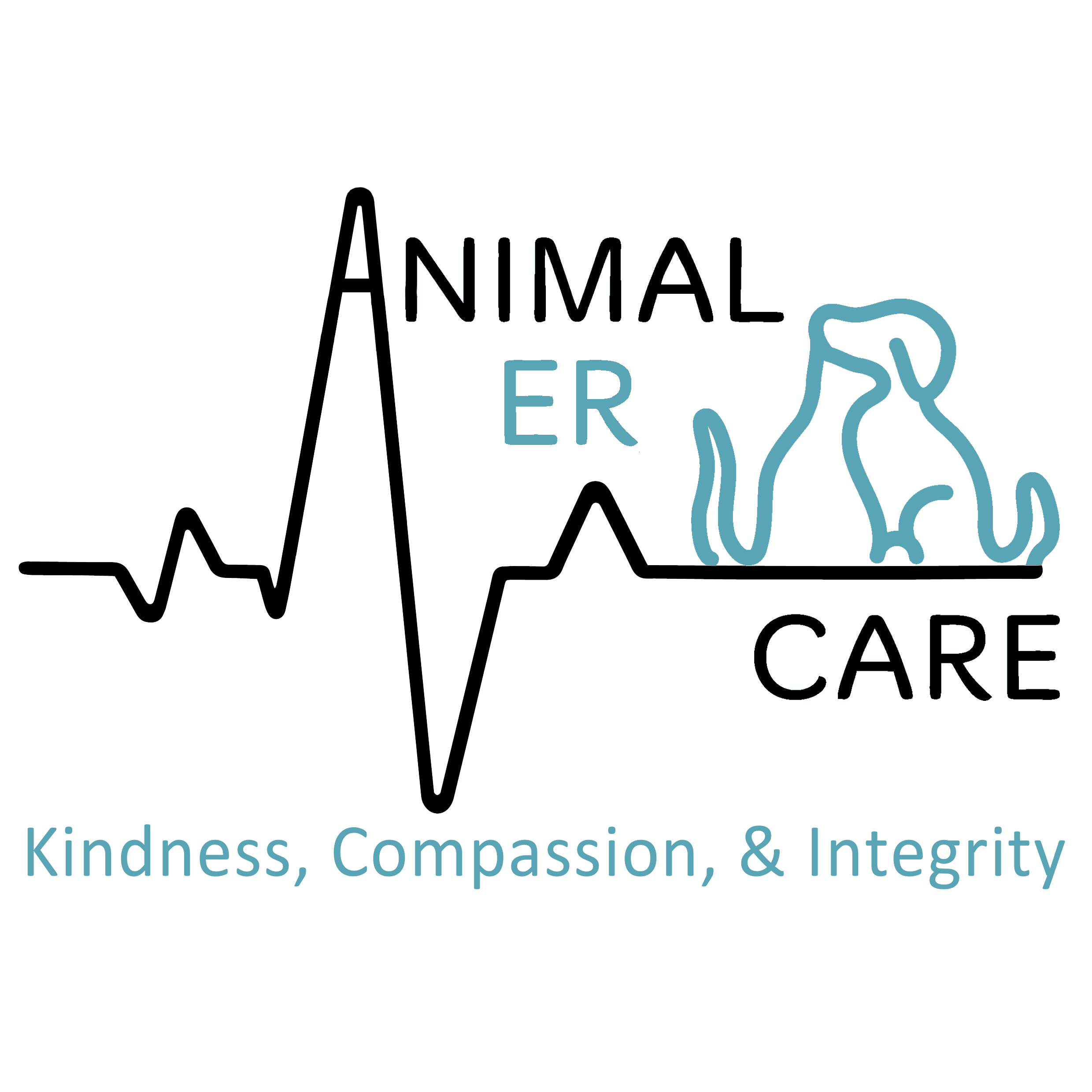
Barn Cats: Pets with a Profession
Humane Society of the Pikes Region encounters all types of cats with different types of lifestyles. One popular type of cat, especially in the open mountain air of Colorado, is the barn cat. These cats prefer a mostly outdoor life but aren’t quite wild. They thrive in open environments like farms, ranches, warehouses, or commercial compounds where they can come and go into shelter as they please. They also are ideal candidates for pest control, and they take that job very seriously!
Barn cats can be considered “semi-social” and usually will love their owners from a distance. They are placed with people who have sheds, barns, or other outside-accessible shelters where they can sleep and be fed. Their job is to keep their perimeter clear of unwanted pests like mice, rats, and even snakes! Some barn cats are reported to be very friendly with owners and are considered more of a practical pet, but this should not be expected and is not the norm.

The cats often come to HSPPR by way of the Trap-Neuter-Return (TNR) Program. This beneficial program operates by coordinating efforts with community members who step up as colony managers in the City of Colorado Springs and the County and City of Pueblo. Our Community Cat Coordinators at HSPPR monitor population size and assist in trapping any newbies to the colony. Then, they bring them to the shelter for sterilization and vaccinations. The cats will also have their left ear tipped while under anesthesia for easy identification and to indicate he/she is not a stray. The program curbs unwanted litters and promotes the health and safety of community cats. Our Coordinators will keep good candidates for the Barn Cat Program based on temperament. They are placed for adoption with the designation of “barn cat.”
We talked with a friend and client of the Barn Cat Program, Dana from Armor Storage in Pueblo, about the benefit of barn cats. Dana works as the Maintenance Manager for the outdoor, personal storage facility. She spoke about the program with joy, passion, and a few laughs.
“Caring for barn cats is easy and rewarding. We have a special area called ‘the catio’ where we feed them and provide shelter from the weather. We give them heating pads in the winter and frozen Pepsi bottles in the summer to keep them cool. It’s wonderful to see the different personalities. We have a whole ‘pirate crew’ that will stay at a distance but will come and eat and we love them just the same. I love those long blinks, that means they have complete trust.”
“The cats are great for pest control. We have mice, rats, snakes, birds, and sometimes they’ll even get a rabbit. I love calling Sunny (Community Cat Coordinator in Pueblo) if they have kittens. She comes and gets them and finds them homes if we have enough already.”
Dana also shared a fun fact with us, Disneyland has had barn cats since it opened which are used to control the pest population!
We asked Dana if she recommended that other businesses consider using barn cats. She replied, “Yes, I recommend being a colony manager for commercial use. I get all supplies from the shelter. I love it so much, I also help Sunny trap kitties for TNR Program as a volunteer.”

We also chatted with Paula who owns a ranch between Colorado Springs and Pueblo about barn cats. Paula also spoke with affection and enthusiasm for these cats.
She told us, “The cats help us protect our animals. We have alpacas, goats, sheep, rabbits, chickens, and ducks. She is great with other animals and gets along with dogs Barnmia is our current cat and since we’ve had her, there have been no holes in the animal feed. She didn’t even get close to us for a while, my husband and I had a contest going of who’d she warm up to first. Now she likes to sleep in the basement, and we call her Basementmia.”
Paula concluded our talk by saying they’ll likely adopt more barn cats soon.
Introducing barn cats to a new environment is simple when you follow these steps from our Cat Coordinators.
- In general, adopting two cats at the same time is better than adopting one.
- When first introducing your barn cats, it is best to confine them with food, water, a bed, and a litter box for 10-21 days, preferably in the building you would like them to live and work in. If the cats cannot run free in the building, then confining the cats to a large dog crate will be necessary. If you release the cats prior to allowing them to adjust to their new environment, the cats may run off. If you are adopting more than one cat, they will each need to be confined to their own crate.
- The confinement area should be an enclosed area in which the cats will be expected to hunt and maintain rodent control. Try to plug all holes to prevent the cat from escaping prior to the confinement period.
- Cats should not be allowed out of the confinement area until the confinement period is over. Ensure the confinement area has a space that allows the cat to “hide” and “get away”.
- If the cats are being confined to a kennel:
- In winter, a blanket over the top of the crate and/or hay inside the kennel for warmth is essential. Providing heated water bowls may also ensure your working cats have plenty to drink during the winter months.
- In summer, extra water should be provided and adequate ventilation should be ensured to avoid overheating.
- Make sure to feed your barn cats on a regular basis as unhealthy cats are unsuccessful hunters. Feed your cats twice a day every day at the same time (so they can get used to your schedule). When its feeding time make sure to call out to the cats, so they get used to your voice and your behavior. Canned food is good to begin with because it’s more enticing than dry cat food.







